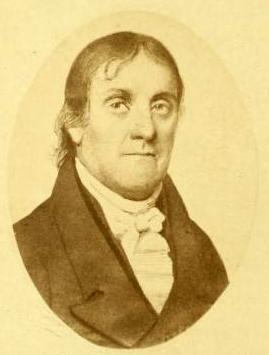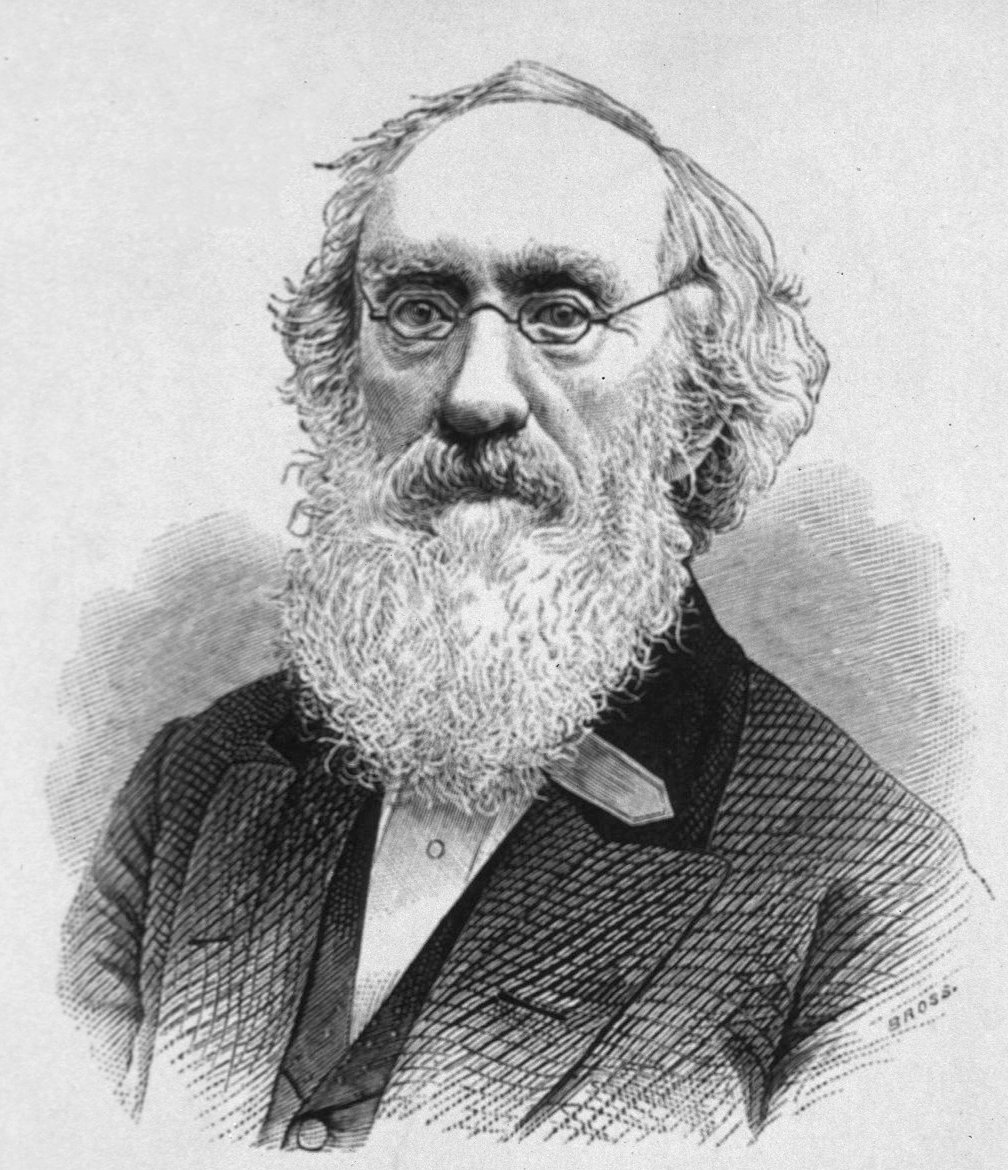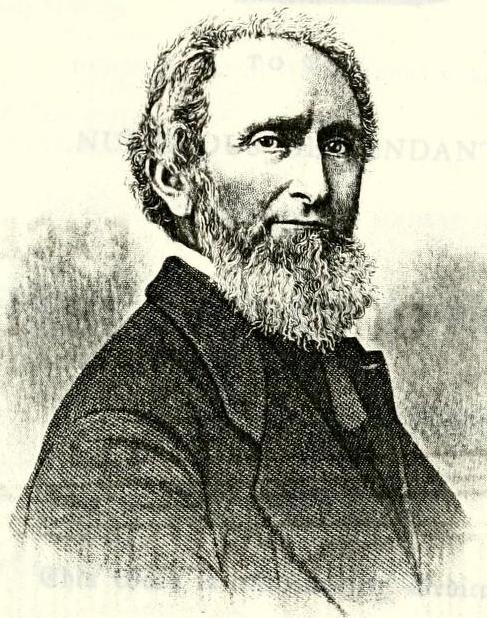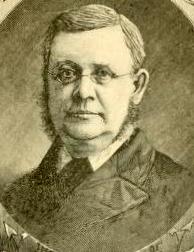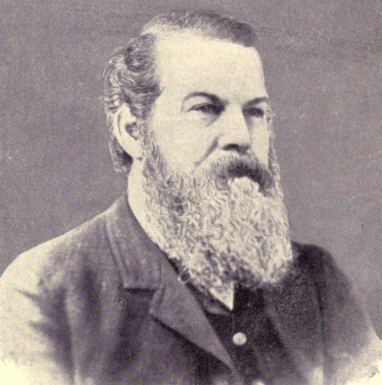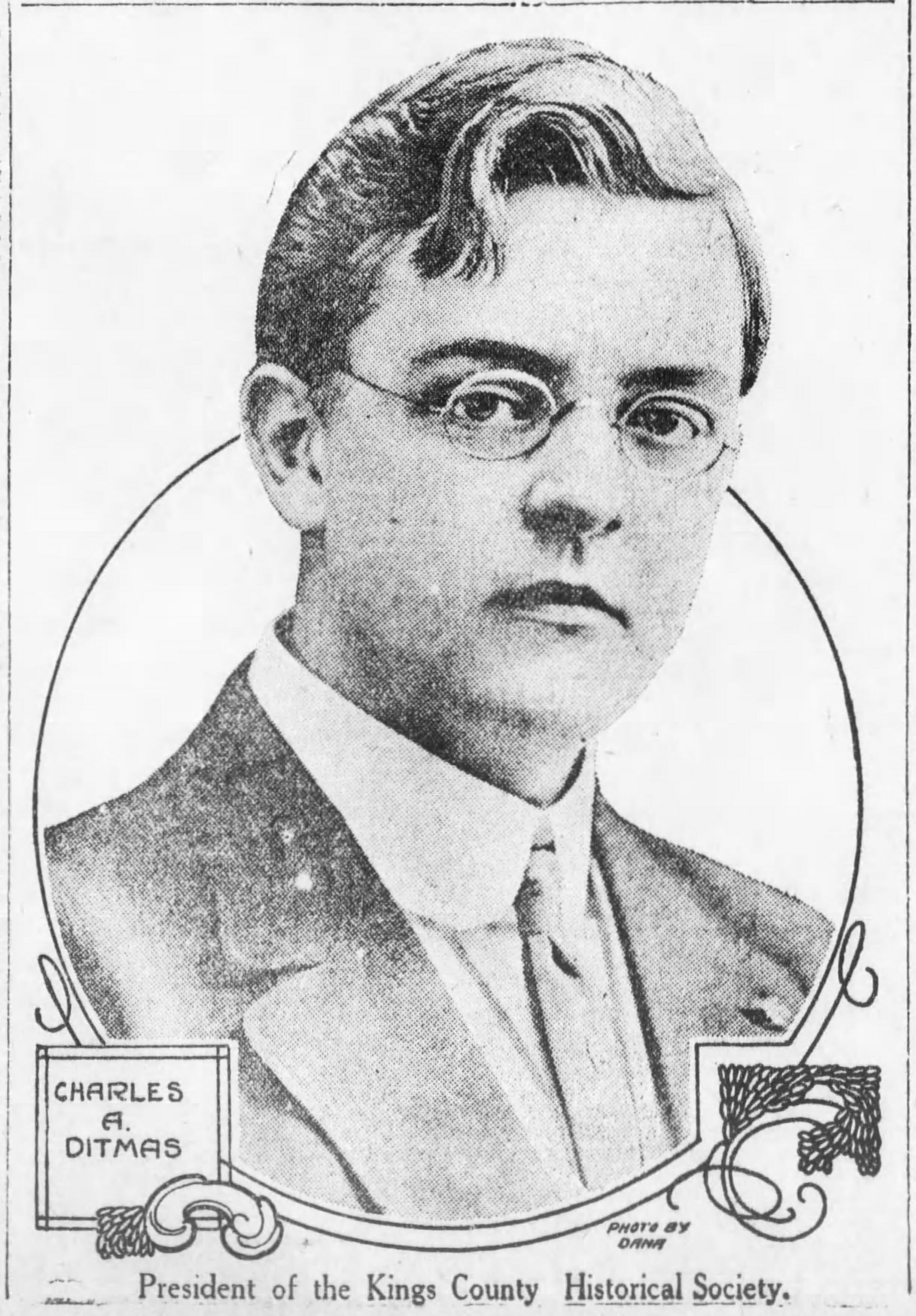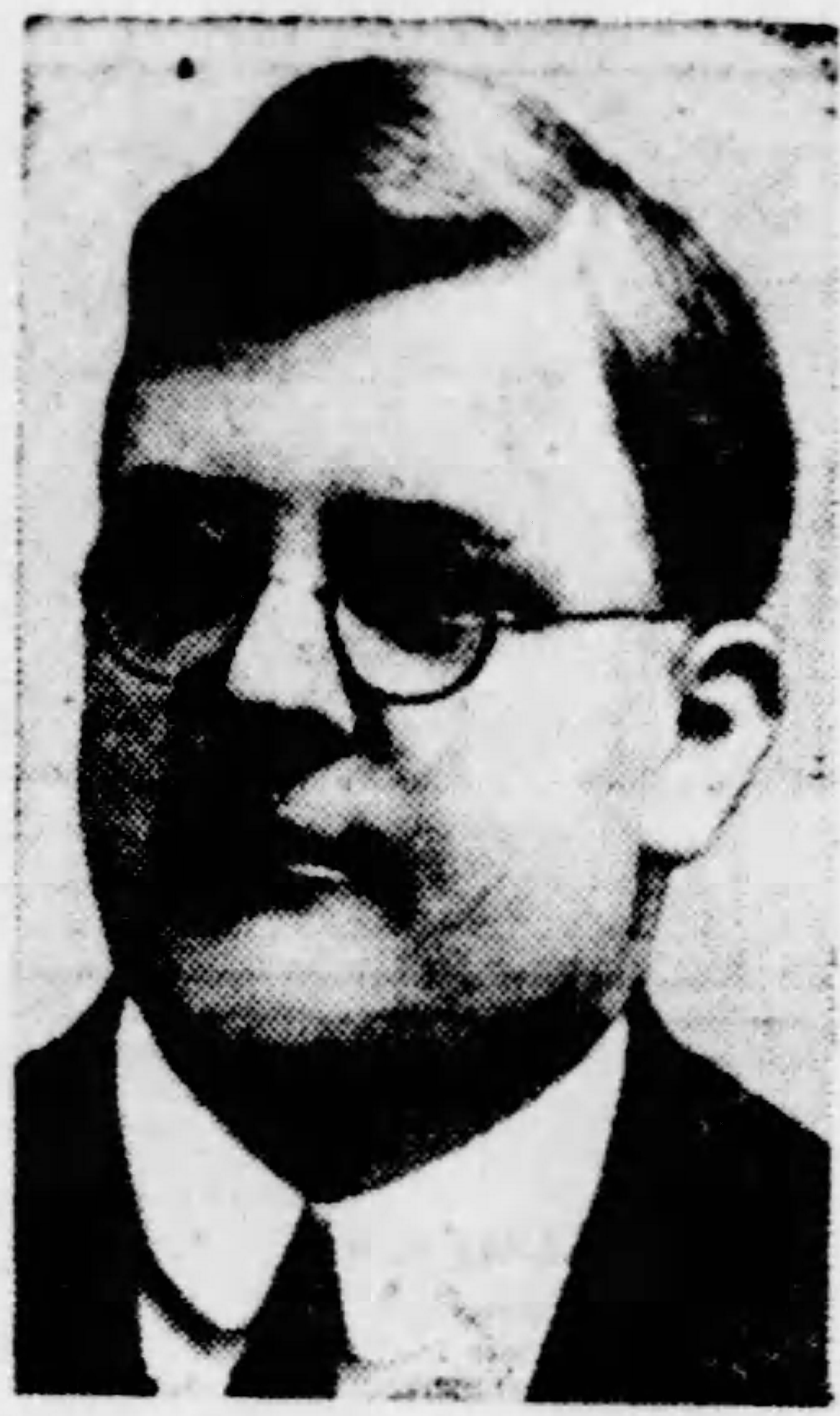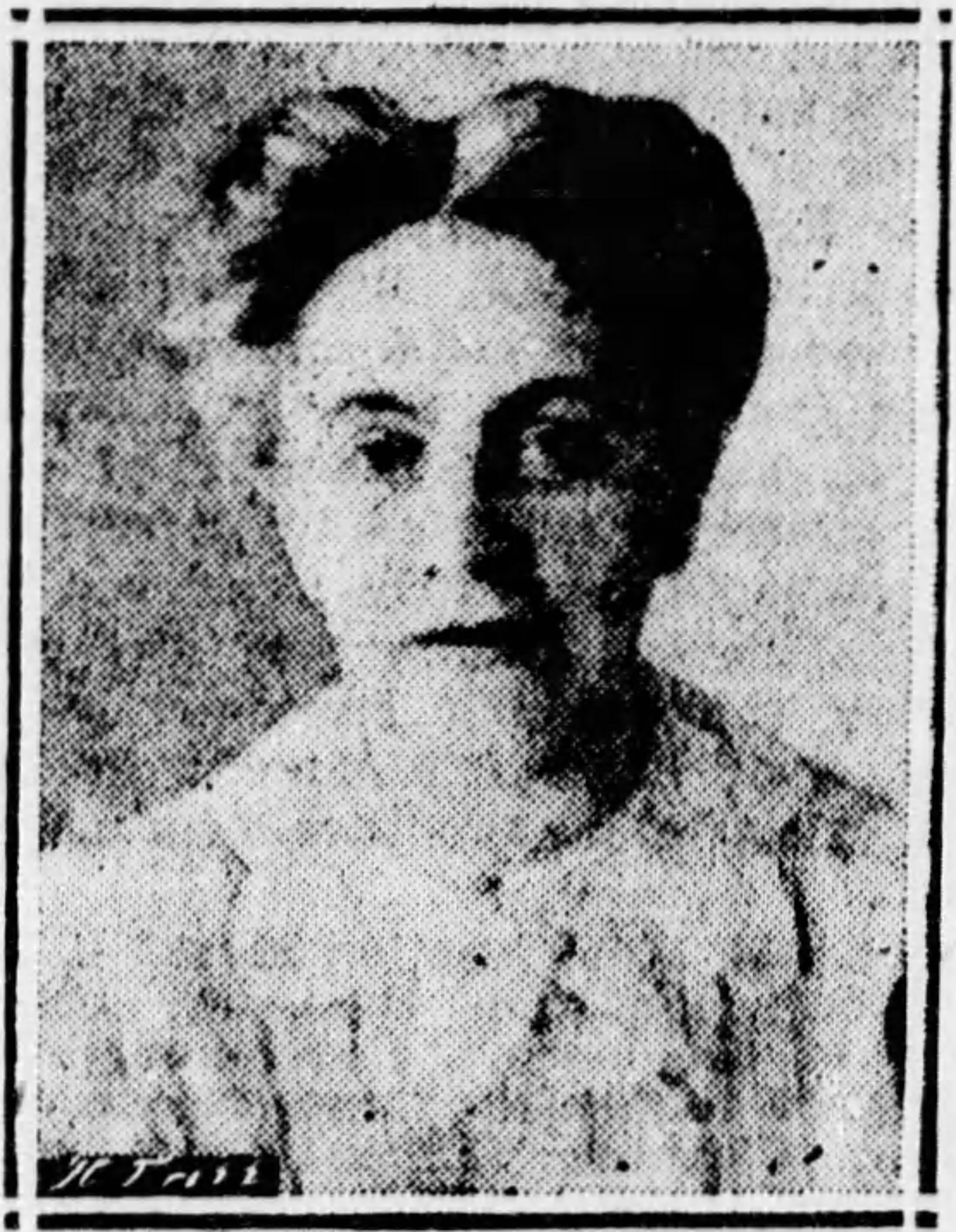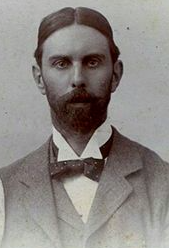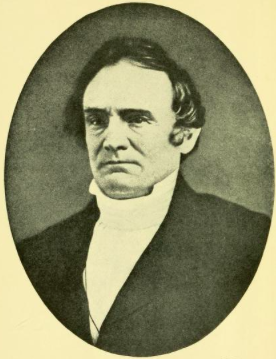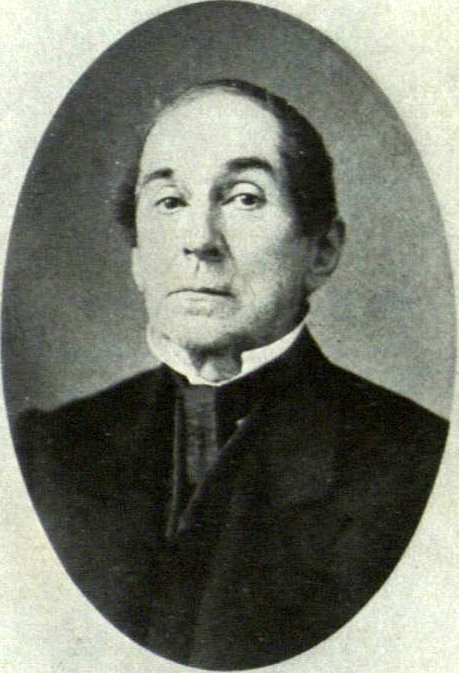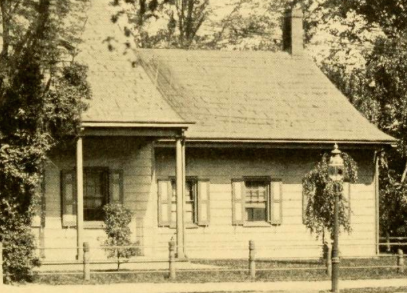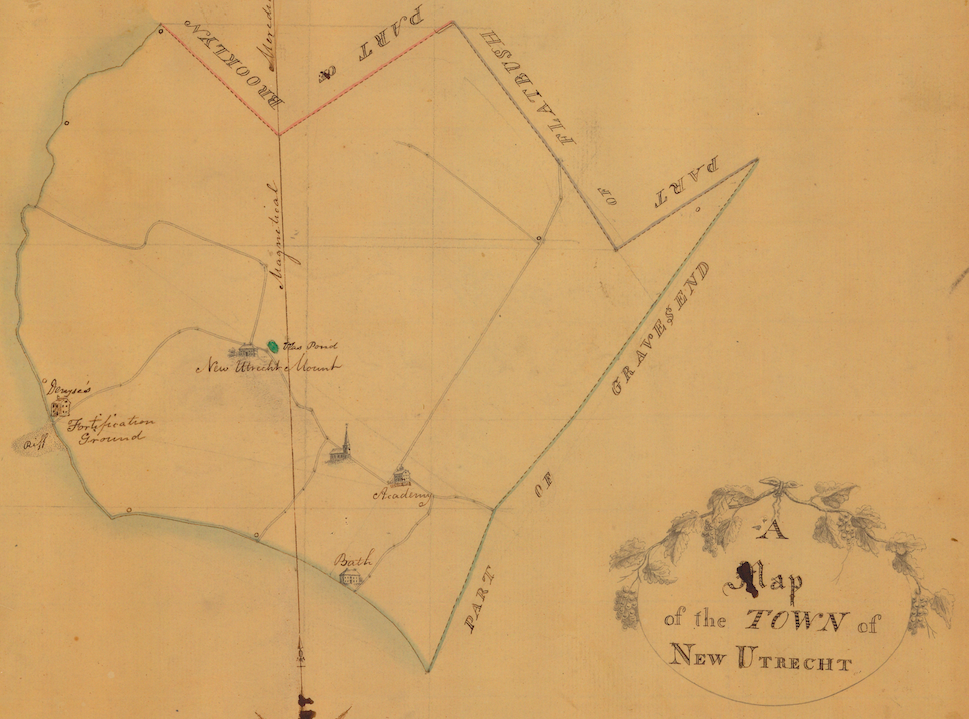
While writing histories of my hometown, I often find myself cluttering the text with my sources. To simplify the text, the authors whose works I use are listed here. It is a sort of bibliography, and I hope a mention of their names in future posts will be sufficient. Readers can refer to this page if they need more information on specific references. This is not an extensive list, and I have not actually used all the works of the authors mentioned here. Some, like Furman and Bailey, I discovered while writing this bibliography. I found their stories to be interesting even though their works do not provide detailed information on any subject of my interest.
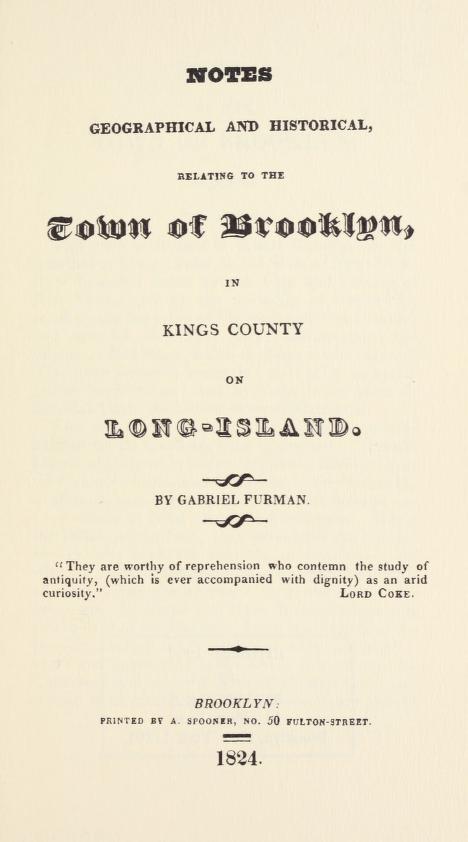
Gabriel Furman (1800-1854) was born in the Village of Brooklyn, Kings County, New York. He received his early education at Columbia Academy in Bergen, New Jersey, attending the school between 1814 and 1816. In 1823, he entered the office of Elisha W. King on Beekman Street, New York, where he studied law. In 1827, Governor DeWitt Clinton appointed him Justice of the Municipal Court of Brooklyn and henceforth he was known as Judge Furman. He was a close friend of Colonel Alden Spooner (1783-1848), the publisher of Long Island Star. Furman had collected information about the history of Brooklyn in his personal notebooks as early as 1822, which through the help of his friend, Col. Spooner, he was able to publish in 1825. Gabriel Furman’s publication was the first of its kind, and almost all of the subsequent histories of Brooklyn would refer to the Notes Geographical and Historical, Relating to the Town of Brooklyn, in Kings County on Long-Island, despite the fact that it was short and had some errors.
Furman’s Notes were reprinted three times after his death in 1854. First in 1865, for the short-lived Faust Club by the publishing company of Col. Spooner’s sons; this version included a biographical sketch of the author. The second time was in 1875 by Frank Moore, as part of a larger publication that included Furman’s Antiquities of Long Island. Then in 1968, the 1824 edition was reprinted by Renascence (presumably a publishing company).
Notes Geographical and Historical, Relating to the Town of Brooklyn, in Kings County on Long-Island, 1824
Notes Geographical and Historical, Relating to the Town of Brooklyn, in Kings County on Long-Island, 1968
Silas Wood (1769-1847), was born in the Town of Huntington, Suffolk County, New York. He was a lawyer before becoming a United States Representative. In 1824, Wood published a book titled A Sketch of the Several Towns of Long-Island; with their Political Condition to the End of the American Revolution. It was a general history of Long Island using, for the most part, English records; and revised twice since publication, in 1826 and 1828. The first three editions of Wood’s Sketch were published by Colonel Alden Spooner. In 1865, Spooner’s son, Alden Jeremiah (1810-1881) republished Wood’s book with the addition of his biography, and in 1898 a portion of Sketch was republished by William Smith Pelletreau (1840-1918).
Edmund Bailey O’Callaghan (1797-1880) was born in Ireland, where he received his initial medical education. He also studied in France, then practiced medicine in Lower Canada between 1827 and 1837. In 1848, he was appointed the New York State Archivist. In his capacity as archivist, O’Callaghan was instrumental in translating Dutch colonial records pertaining to New York State, opening a whole array of records unknown to English readers at the time. For a detailed biography of O’Callaghan, readers will find his entry in the Dictionary of Canadian Biography and in New York Archives Magazine valuable.
Eleven of the fifteen volumes of Documents Relative to the Colonial History of the State of New-York; procured in Holland, England and France, published by John Romeyn Brodhead, Esq. were made possible by O’Callaghan’s contribution. In fact, Broadhead wrote, “The Documents in Dutch and French were translated by E.B. O’Callaghan, M.D., LL.D., who was employed for that purpose, and to superintend the publication generally.”
The following webpage has an extensive list of O’Callaghan’s publications: Online Books by E. B. O’Callaghan. For my purposes, I used Documentary History of the State of New-York, which was published by O’Callaghan between 1849 and 1851 in four volumes. There are several digital copies of each, but I prefer the following:
Documentary History of the State of New-York, Volume I, 1849
Documentary History of the State of New-York, Volume II, 1850
Documentary History of the State of New-York, Volume III, 1850
Documentary History of the State of New-York, Volume IV, 1851
Papers Related to Kings County, L.I., 1850
Census of Slaves, 1755, 1850
Teunis Garret Bergen (1806-1881) was born in the Town of New Utrecht, Kings County, New York. One of his earliest jobs was a surveyor in his hometown, which gave him access to and knowledge of original Dutch records. This, in turn, allowed him to write genealogies of the Bergen, Van Brunt and Lefferts families. For an in depth biography, readers may find useful A Memoir of the Life and Writings of Hon. Teunis G. Bergen published by Samuel Smith Purple (1822-1900).
I have used Bergen’s books on many occasions, and still do, primarily because I live in the neighborhood which was his stomping ground. The following are his works that I often reference in my writings:
Genealogy of the Van Brunt Family, 1653-1867, 1867
Henry Reed Stiles (1832-1909) was born in the City of New York, where he received his early education in medicine. Like O’Callaghan, Stiles was a physician who turned to writing history books. An extensive list of Stiles’ publications is listed here: Online Books by Henry R. Stiles. Below are some of the books that I have used in the past that specifically pertain to Brooklyn. It should be noted here that Stiles’ History of Kings County published in 1884 in two volumes and consisting of three tomes, is actually a collaboration of many individuals; it is an anthology that includes the works of several dozen historians and many portraits of prominent men of Brooklyn. For quick reference, the reader will find useful Table of Contents in Volume I to locate histories of specific towns within Kings County.
A History of the City of Brooklyn, including the old town and village of Brooklyn, the town of Bushwick, and the village and city of Williamsburgh, 1869, Volume II
A History of the Town of Bushwick, Kings County, N.Y., 1884
The Civil, Political, Professional and Ecclesiastical History and Commercial and Industrial Record of the County of Kings and the City of Brooklyn, N.Y., from 1683 to 1884, 1884, Volume II, part 1
The Civil, Political, Professional and Ecclesiastical History and Commercial and Industrial Record of the County of Kings and the City of Brooklyn, N.Y., from 1683 to 1884, 1884, Volume II, part 2
Stephen Melancthon Ostrander (1832-1885) was born in the Town of Brooklyn, Kings County, New York. He was a lawyer who graduated from Columbia College. Ostrander’s passion for writing history stemmed from his interest in his own Dutch ancestry. On August 7, 1866, he married Annie A. Hammond, but the Ostranders did not have any children. The two volume History of Brooklyn was penned by Ostrander but it seems to have been published posthumously by Alexander Black. Annie A. Ostrander was the copyright holder of her husband’s book, so perhaps it was under her guidance that the book was published. The first volume of his book includes Ostrander’s biography.
A History of the City of Brooklyn and Kings County, 1894, Volume I
A History of the City of Brooklyn and Kings County, 1894, Volume II
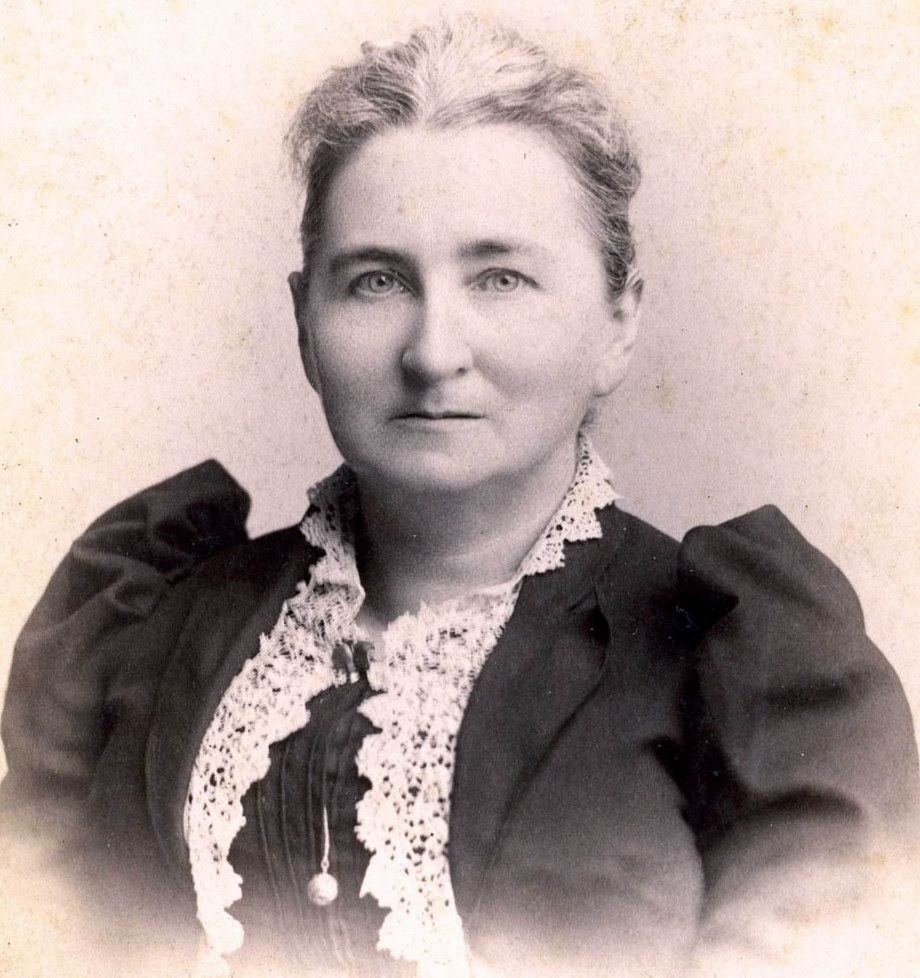
Martha Bockee Flint
Martha Bockee Flint (1841-1900) was born and died in the Town of Amenia, Dutchess County, New York. According to her obituary published in the October 19, 1900 issue of The Brooklyn Daily Eagle, “She was the daughter of the late Augustus Flint, and Catherine Bockee, her mother, being a daughter of Judge Bockee, one of the eminent jurists and patriots of the Hudson River Valley region in the Revolutionary period. Miss Flint’s active life was passed as a teacher, a profession in which she was eminently successful. She was a woman of uncommon mental powers and wide culture. After passing middle life, her health made it advisable that she should give up teaching, and her later years have been devoted to historical and genealogical studies, for which she had an interest that amounted almost to an absorbing passion.”
Charles Andrew Ditmas (1887-1938) was born and died in the family homestead located on Amersfort Place. At the time of his birth, the homestead was located in the Town of Flatlands, which was originally called Neuw Amersfoort by its Dutch settlers. Today, just as it was in time of Ditmas’ demise, Amersfort Place is only two streets long. Ditmas lived in a period of Brooklyn’s history which underwent dramatic changes; the old world of the farmsteads and homesteads was dying, being replaced, ever since the consolidation of Brooklyn in 1898, by brick row houses and apartment buildings occupied by flow of immigrants. Ditmas often lamented on this change, which is reflected in the opening of his 1909 publication:
“In these days of commercialism, we are forgetting the historic and the beautiful; the past is seldom considered until the march of progress destroys some landmark which history has made famous. Then, after the usual newspaper articles have appeared, the place is lost sight of in the possibilities of the future.”
In all my writings, I never read about any historian, being referred as “Boro Genealogist”. Ditmas was one of the founders of the Kings County Historical Society. It was within the pages of Ditmas’ Historic Homesteads of Kings County, where I found out about the Van Brunt-Robarts Homestead that once stood in my neighborhood. This discovery prompted me to learn more the Van Brunts, which in turn was the main cause of my historical writings.
Because of Ditmas’ involvement in Brooklyn’s historical preservation, he is well featured in local newspapers. Readers may learn more about him through his obituary in the August 1, 1938 issue of the Brooklyn Daily Eagle or John A. Heffernan’s short biography of him titled In His Mind Our History Lived in the same paper.
Brooklyn’s Garden: Views of Picturesque Flatbush, 1908
Charlotte Rebecca Bangs (1867-1920) was born in the Town of New Utrecht, Kings County, New York on July 2, 1867 to Abraham Woglom and Sarah Cropsey. She was married to Capt. Bleecker Bangs. According to her obituary in the March 27, 1920 issue of The Brooklyn Daily Eagle, “She was for many years an active member of the old New Utrecht Dutch Reformed Church, and was a member of the Society of the Daughters of the American Revolution, the Readers Clubs of Brooklyn and the Woman’s National Farm and Garden Society.” Bangs was also a correspondent for The Brooklyn Daily Eagle and New York World. Her Reminiscences is one of the best histories of New Utrecht.
Isaac Newton Phelps Stokes (1867-1944) was born in the City of New York (Manhattan), New York and died in Charleston, South Carolina. He was the eldest son of Anson Phelps Stokes and Helen Louisa Phelps. Better known for his contribution in housing reforms and for his achievements as architect, Stokes was also instrumental in preservation of records at the New York State Library after the 1911 fire. His efforts, and propensity for philanthropy, as well as his interest in genealogy, which he must have gained from his father, prompted Stokes to publish his six-volume Iconography.
The Iconography of Manhattan Island, 1498-1909, 1915, Volume I
The Iconography of Manhattan Island, 1498-1909, 1916, Volume II
The Iconography of Manhattan Island, 1498-1909, 1918, Volume III
The Iconography of Manhattan Island, 1498-1909, 1922, Volume IV
The Iconography of Manhattan Island, 1498-1909, 1926, Volume V
The Iconography of Manhattan Island, 1498-1909, 1928, Volume VI
Other Authors
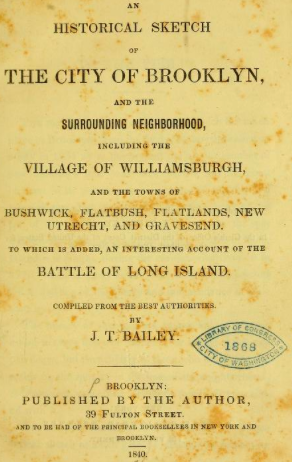
John Townsend Bailey (1787-1862) was born in England. In 1818, he married Maria Pettet and they had two children, Thomas Townsend in 1819, and John Dovaston in 1824. There is no indication when the Baileys came to Brooklyn, nor can I ascertain what exactly was John Townsend Bailey’s profession. When he published his An Historical Sketch of the City of Brooklyn and the Surrounding Neighborhood, Bailey indicated on the title page “Brooklyn: Published by the Author, 39 Fulton Street,” which was the location of Arnold & Van Anden printers. In 1840, Bailey’s son, Thomas Townsend, was a bookbinder for the printers who published An Historic Sketch.
Bailey’s book is a modest work and in the introduction, he confesses that “He is aware that several eminent and talented authors have preceded him on this subject [although] they are also more expensive.” His primary reason for the publication, as it would seem, was to offer “a liberal and general public” a more affordable option.
Thomas Morris Strong (1796-1861) was the pastor of the Dutch Reformed Church of Flatbush from 1821 until his death. In 1842, he published a history of Flatbush, which was reprinted in 1908.
The History of the Town of Flatbush, Kings County, Long-Island, 1842
The History of the Town of Flatbush, Kings County, Long-Island, 1908
Henry Onderdonk (1804-1886) was born in Manhasset, Nassau County, New York. He graduated from Columbia College in 1827, and from University of Cambridge in 1828. He was a well known historian, and as his obituary in The Brooklyn Daily Eagle read, “one of the most remarkable men in Queens County, being persistent book worm and an antiquarian collector all his life long. He contributed largerly to every history of Queens County compiled during half a century.”
Revolutionary Incidents of Suffolk and Kings Counties; with an account of the Battle of Long Island, and the British Prisons and Prison Ships at New-York, 1849
Queens County in Olden Times: being a supplement to the Several Histories Thereof, 1865
History of the First Reformed Dutch Church of Jamaica, L.I., 1884
Gertrude Lefferts Vanderbilt (1824-1902) was born in the Town of Flatbush, Kings County, New York to prominent family of Dutch ancestry. Her father died when she was only five years old, so that she was raised by both her mother and grandmother. The Lefferts Family Papers at Brooklyn Historical Society will shed great light on Vanderbilt and her family. Vanderbilt was known for her social activities in Flatbush, and her 1881 history of her hometown brought her to even greater prominence, which was reprinted several times. However, before Vanderbilt’s publication of Flatbush’s history, she also penned what appears to be children’s book titled Jack’s Story.
Jack’s Story as told by himself, 1872
The Social History of Flatbush, and Manners and Customs of the Dutch Settlers in Kings County, 1881
The Social History of Flatbush, and Manners and Customs of the Dutch Settlers in Kings County, 1899
The Social History of Flatbush, and Manners and Customs of the Dutch Settlers in Kings County, 1909
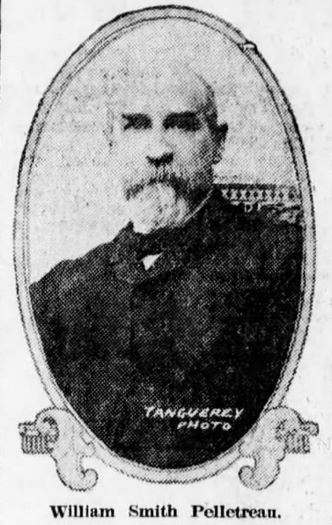
William Smith Pelletreau (1840-1918) was born in the Town of Southampton, Suffolk County, New York, in which town he became a clerk in 1861. In his municipal position, he initiated a process of preserving records of the town (a process which was continued by others in his stead), so that upon his demise the inscription on his tombstone read “He rescued from destruction the records of his native town and preserved its history for future generations.”
The Town of Southampton lists Historic Records & Books which were preserved by the efforts of Pelletreau and his colleagues. Also, the following link provides extensive list of Pelletreaue’s publications: Online Books by William S. Pelletreau
Miscellaneous
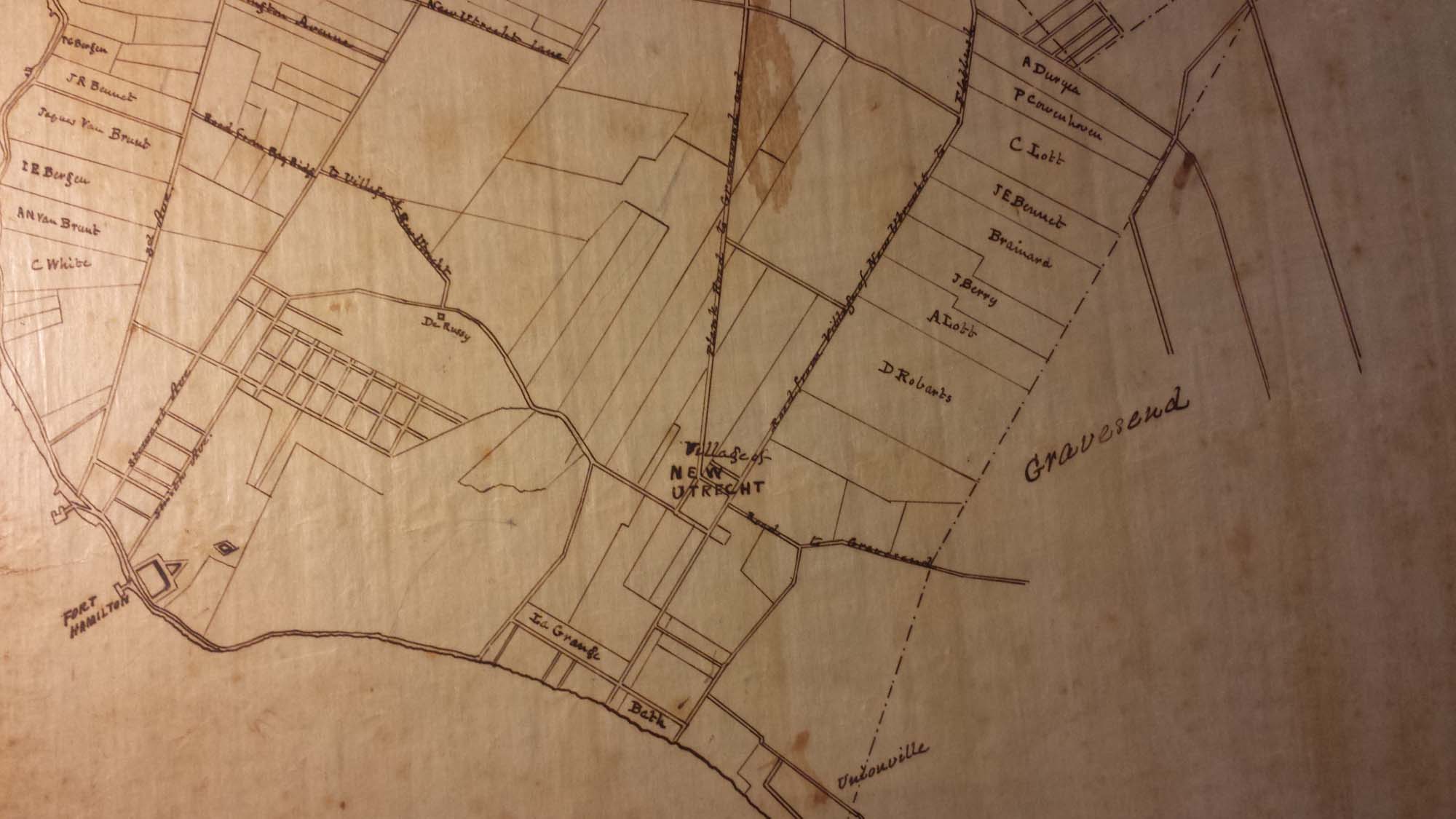
Benjamin Franklin Thompson (1784-1849)
Nathaniel Scudder Prime (1785-1856)
Edward W. Nash (1838-1899)
Kings County Genealogical Club Collections in 1882
Henry Cruse Murphy (1810-1882)

